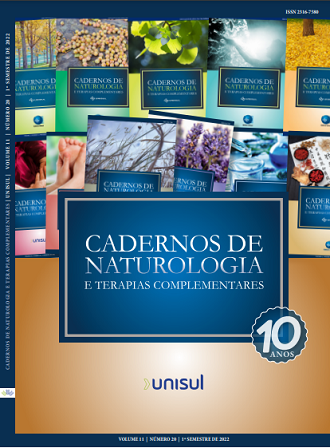Survey on the use of medicinal plants or natural substances and their effects for pain relief in women with fibromyalgia and migraine: a cross-section study
DOI:
https://doi.org/10.59306/cntc.v11e20202229-37Keywords:
Fibromyalgia, Migraine Disorders, Plants, MedicinalAbstract
Background: Fibromyalgia is a rheumatological disease characterized by generalized chronic pain and the presence of comorbidities. Migraine is one of the disorders associated with fibromyalgia and is characterized by at least 5 repeated attacks of headaches. Fibromyalgia and migraine have the same pathophysiological pathway and the probable cause is a disturbance in the central modulation of pain or a modified processing of the central nervous system in response to a harmful stimulus. Thus, the association of these two diseases leads to a worse pain outcome. Therefore, patients with fibromigraneus seek other forms of treatment, in addition to the conventional method, such as medicinal plants (MP) and natural products (NP) that can be used as alternatives. Aim: to identify the main MP and NP used for analgesia by fibromigranous women; describe their forms of use and present the known effects. Materials and methods: cross-sectional study, with CAAE: 28584820.9.0000.5208, performed on 61 women aged 18-60 years, with the diagnosis of FM and the presence of migraine. Results: 50.81% of the patients reported using some PM and / or NP for pain relief and most of them (70.9%) reported improvement in this symptom. Conclusion: Therefore, the study presented which are the main medicinal plants used as an alternative treatment option by fibromygranous patients: Cinnamon of old, Chamomile, Cat’s claw and Alfavaca. And observed the main properties: analgesic, antiflogistic and sedative. However, the effectiveness of these substances is not proven, and there is a need for more research regarding their applicability.


